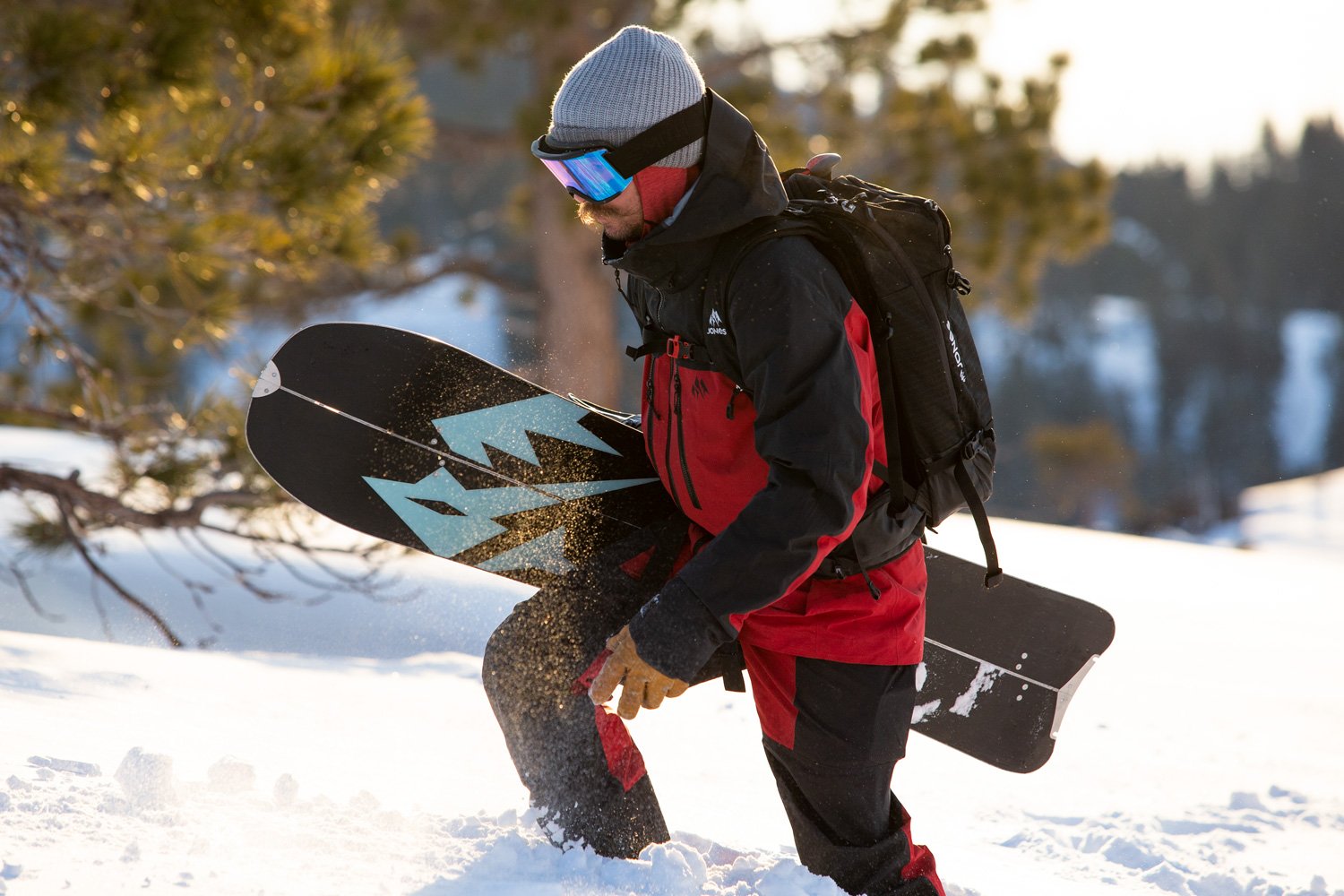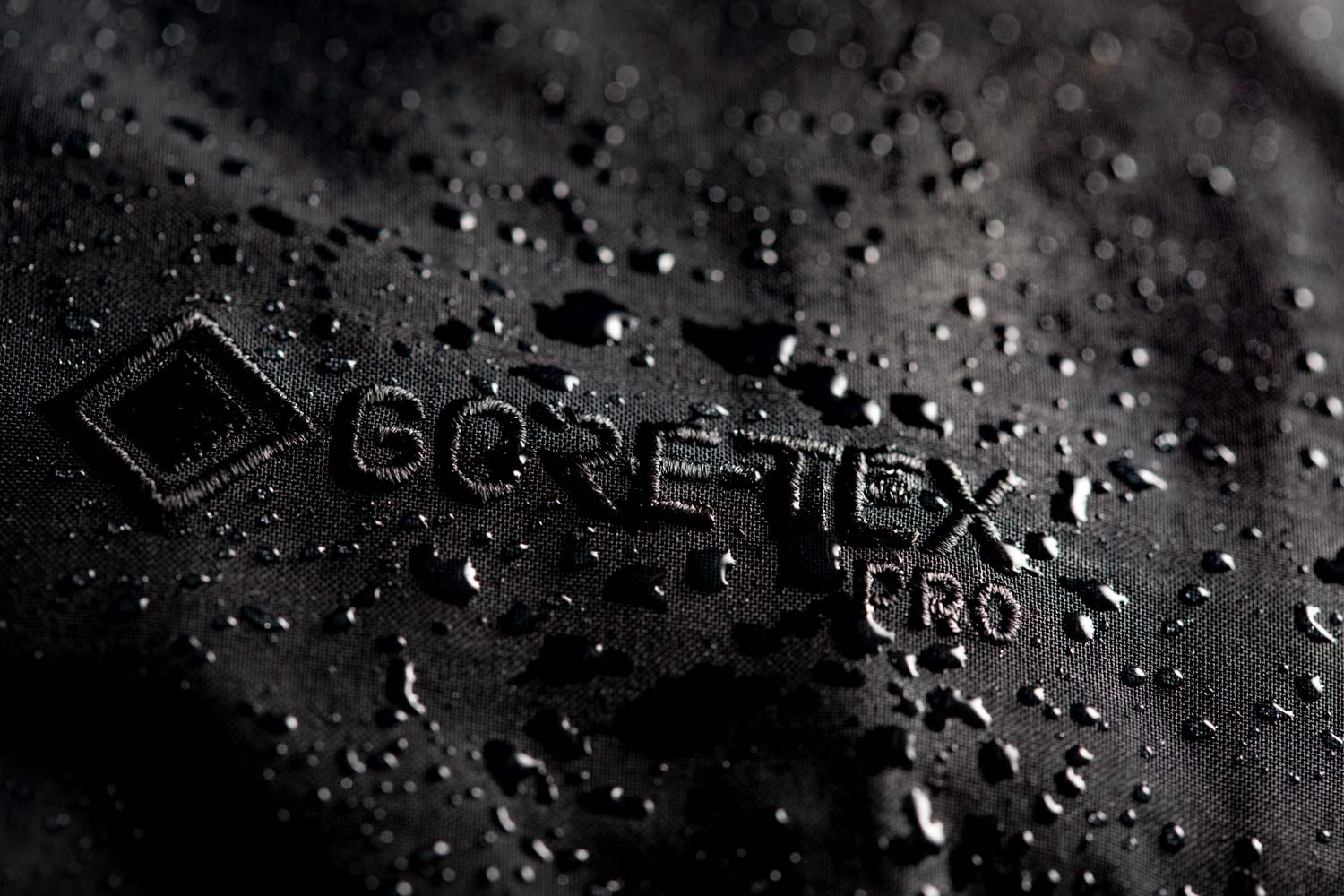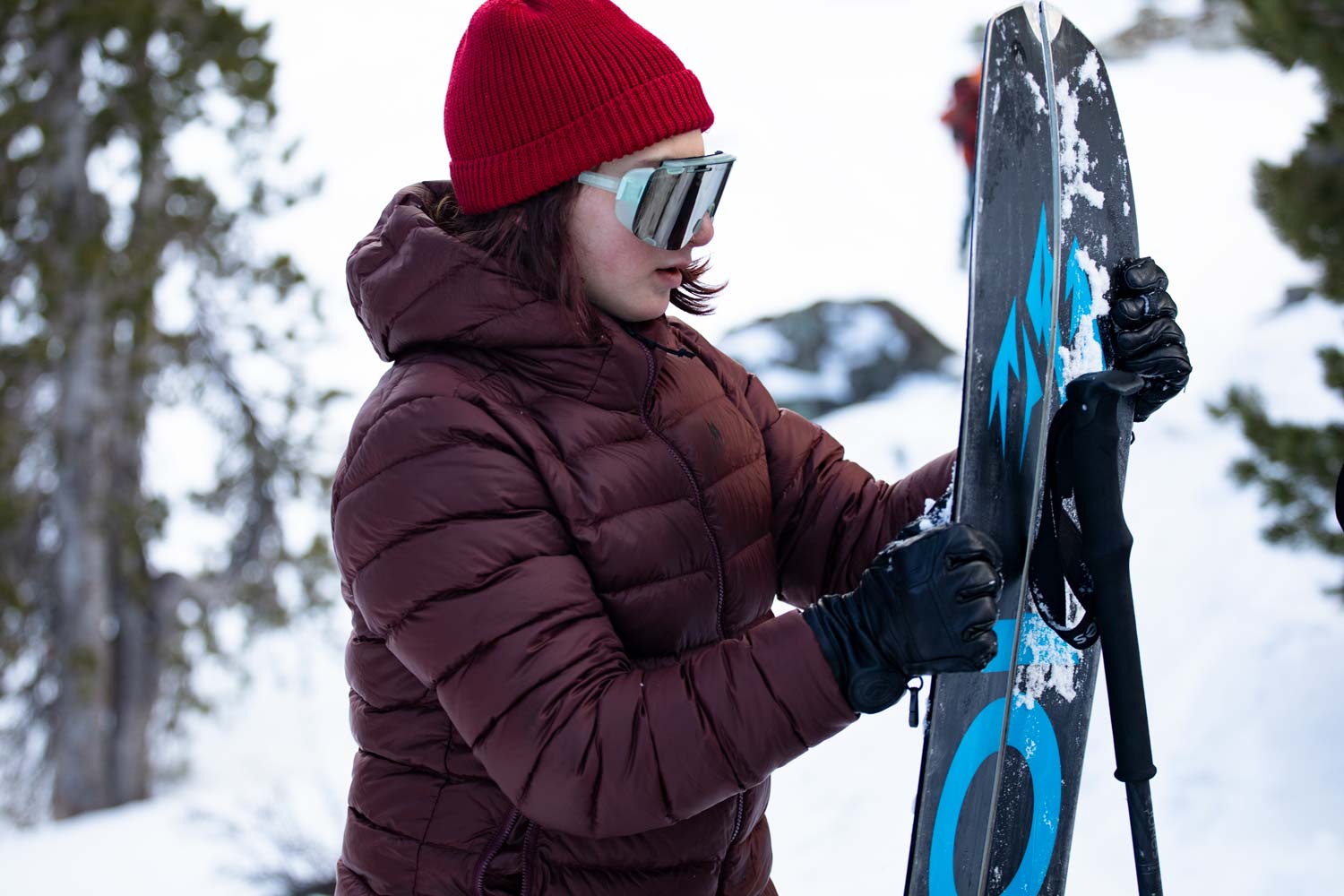How to wash your technical outerwear
Technical outerwear is a gear investment just like your snowboard, surfboard, or mountain bike. It’s worth putting effort into maintaining your shred apparel, because like your bike’s drivetrain, if you clean your outerwear regularly, the apparel will last longer, and perform better for its entire lifetime.

The good news is, washing your shell jacket, pants, bibs or down coat is a lot easier and cheaper than maintaining your bike, or even waxing your snowboard. And you can do all the work yourself with very little effort. All you need is a washing machine, dryer, select laundry soap, and hopefully a couple tennis balls if you’re washing your puffy.
To get the best results, it’s important to follow the washing instructions for the material the jacket or pant is made from. Washing and drying your Shralpinist, MTN Surf or Peak Bagger jacket, or any jacket made with a waterproof membrane fabric like GORE-TEX, is a slightly different process than washing your Re-Up down puffy or any down product.
So don’t just throw your apparel in the laundry with your stinky base layers! Read on for the lowdown on how to properly wash your waterproof or down outerwear including some tricks for keeping your apparel feelin’ fresh and high performance season after season.
Join the Jones community
Sign up for our newsletter to get connected on the latest Jones stories and product launches
How to wash your Re-Up Down jackets and Down apparel
Down is an amazing insulating material because of the three-dimensional shape of the down clusters. The 3D clusters create air space that traps your body heat, and that body warmed air is what insulates you from the cold.
But if you never wash your down coat, the down clusters start to compress and flatten out. Flattened clusters can’t trap as much air, and without warm air space, your down coat loses its ability to keep you warm.
The Jones Re-Up down puffy is made with 750-fill power RENU down made by industry leader Allied Feather + Down. RENU down is 100% recycled, but you wash it the same as you would virgin down.
Allied Feather + Down suggests washing your down coat every couple months of daily use, or at the start of every winter if you don’t wear your puffy that much. Allied’s three-step down washing instructions are generally safe for any down product, but if washing a down product made by another manufacturer, follow the washing instructions on the product’s label.
Step one: pre-rinse
The first step in washing your down puffy is to pre-rinse it in cold water without detergent. This can be done in the sink, a clean bucket, or a short washing machine cycle without adding detergent. The goal of the pre-rinse is to saturate all the materials with water so that the detergent in the washing cycle can penetrate the fabric more effectively and clean the clusters more thoroughly.
Step two: low temp machine wash
After pre-rinsing, load your down puffy in the washing machine and select a low temperature (80°F/30°C) regular cycle. Also select the ‘Extra Rinse’ option if your washing machine has that option.
The delicate nature of the down clusters require that you use either a down specific soap or a gentle liquid laundry soap that does not contain any bleaches or harsh detergents. Do not use powdered detergents, fabric softeners, bleach or stain removers.
There are several down-specific liquid washing detergents available worldwide. Allied Feather + Down makes one called Down Wash that is eco-friendly and palm oil free. Buy the Allied Down Wash here: https://alliedfeather.com/shop.
The extra rinse ensures that all detergent gets completely rinsed out of the down and fabric. if residual detergent is left on the down clusters they won’t provide as much warmth. If the washing machine you are using does not have an extra rinse option, you can rinse the coat a second time by running it through a short additional washing cycle without adding any more detergent.
Step three: low temperature tumble dry
Dry down is warm down so it is super important to completely dry out and de-clump all the down clusters after washing.
Tumble dry your down products at a low temperature setting and throw a couple tennis balls or dryer balls in the machine. The balls will knock around the down clusters and prevent them from clumping as they dry. The tumbling tennis balls will be noisy, but don’t worry they won’t damage your dryer. Do not use high heat because that can melt the fabric.
To completely dry all the down clusters and recharge the maximum loft of the coat will likely require multiple low temperature drying cycles. The outer fabric will feel dry long before all the down clusters are all dry. It is not possible to over-dry down in a home dryer at a low temperature setting so keep drying until the coat feels notably light and lofty.
As you can see, cleaning your down product is a very energy intensive process. So, of course, wash when you need to, but don't overclean and you hopefully have a green energy alternative available where you live.

How to wash GORE-TEX PRO and waterproof laminate apparel
The Shralpinist jacket and pants, the MTN Surf jacket, anorak and bibs and the Peak Bagger jacket are all made with waterproof laminate fabricswe asked GORE-TEX, the industry leader who make the fabric used in our Shralpinist recycled GORE-TEX PRO collection.. The laminate fabric and the DWR work in tandem to keep you dry in wet conditions.
DWR is a coating on the outside of the exterior face fabric of a garment and is the first line of defense against water saturating the fabric. Any water droplets that penetrate the DWR and soak into the face fabric are then stopped by the waterproof membrane that is laminated to the inside of the face fabric.
The key to maintaining the storm protection of your shell layers is to keep the exterior DWR in good condition and the interior waterproof membrane free of dirt and oils. Washing your shell layers on a regular basis is the best way to keep this waterproofing system in tip-top shape.
For expert advice on how to wash waterproof laminate fabrics, we asked GORE-TEX, the industry leader who makes the fabric used in our Shralpinist recycled GORE-TEX PRO collection. GORE-TEX’s three-step washing/drying instructions are generally safe for any apparel, but if washing a garment made by another manufacturer, follow the washing instructions on the product’s label.
Step one: medium temperature machine wash
Before washing, zip up all zippers and fasten any flaps or straps on the apparel. Now load your apparel in the washing machine and select a medium temperature (105°F/40°C) regular cycle. Also select the ‘Extra Rinse’ option if your washing machine has that option.
Use a small amount of liquid soap. Do not use powdered detergents, fabric softeners, bleach or stain removers. These products may clog the pores of the membrane and reduce waterproofness.
The extra rinse ensures that all the detergent gets completely rinsed out of the face fabric and membrane. If the washing machine you are using does not have an extra rinse option, you can rinse your apparel a second time by running it through a short additional washing cycle without adding any more detergent.
Step two: tumble dry or line dry
Once your apparel is thoroughly rinsed, throw it in the dryer on a low/warm temperature cycle. If you do not have a dryer you can also hang the apparel and line dry. It should only take one drying cycle to dry the apparel even at a low temperature setting. Do not use a high heat setting because that can fry the fabric.
Step three: reactivate the DWR
The DWR treatment on the exterior of the fabric is reactivated by the warm temperatures of the dryer. If you line dry your apparel you can also use an iron to reactivate the DWR. When ironing, protect the fabric with a towel or cloth and use a gentle setting with no steam.
Step four (optional): reapply DWR
If you notice that water doesn’t bead and run off your jacket or pants after washing it’s a sign that you’ll need to reapply a DWR treatment. The first locations this may appear is on the shoulders and waist of your jacket where your backpack straps rub.
DWR products are available as a pump-spray or a wash-in product and applying them is easier than you might expect. Follow the application instructions of your selected DWR product, and then tumble dry for 20 minutes or iron on a gentle setting to activate the treatment.
As you can see, cleaning your GORE-TEX PRO product is a very energy intensive process. So, of course, wash when you need to, but don't overclean and you hopefully have a green energy alternative available where you live.

Professional cleaners
Some professional cleaning services specialize in cleaning down products and technical outerwear. Make sure your cleaner has experience cleaning down and waterproof laminate fabric and uses eco-friendly detergents before you drop off your technical outerwear to be cleaned.
Dry cleaning technical outerwear is generally not recommended because of the harsh detergents used in standard dry cleaning procedures. Select eco-friendly dry cleaners may have methods for safely cleaning technical outerwear, however. Check with your local cleaners for more info.









